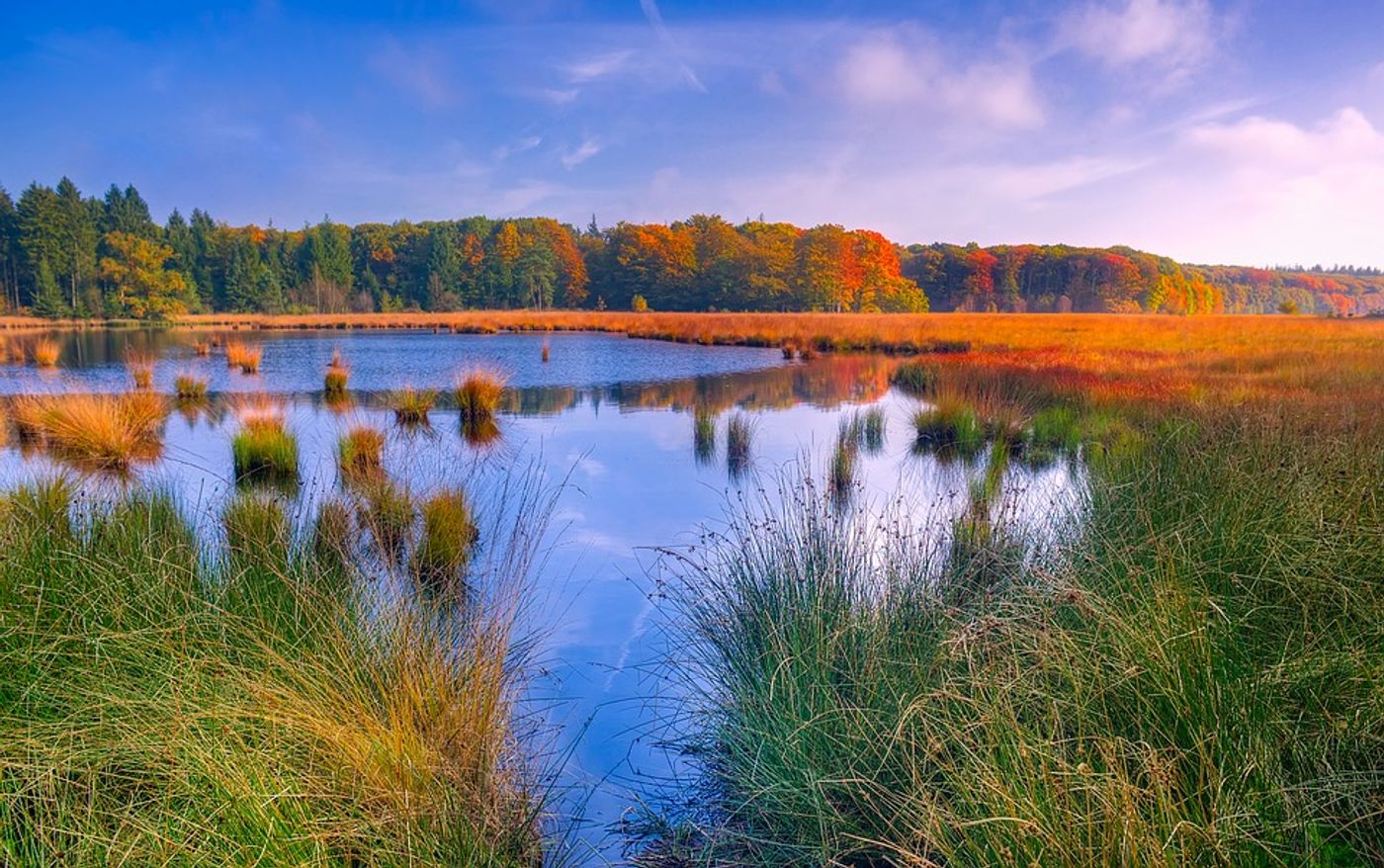Marsh conservation key to climate change mitigation
Tidal marshes are a unique environment and only very specifically adapted species are able to survive in coastal marshlands. However, new research published in the journal Nature reports on the key role that these ecosystems play in carbon storage and explains the unexpected impact that sea level rise will have on carbon buried deep in the mud of these habitats.
The research was conducted by a team of scientists at the University of Wollongong in Australia that analyzed sediment cores from wetlands around the world. The team determined that the amount of carbon that wetlands are capable of storing is directly related to sea level.
Unlike other plants which are also able to sequester carbon but then release it into the atmosphere upon decomposition, marsh plants get buried under layers of mud as they decompose, taking their carbon with them. That’s what makes marshes and peatlands so efficient at carbon storage.
In a surprising plot twist, sea level rise as a result of climate change might actually be a positive aspect for carbon sequestration. Sea level rise will mean that marshes are experiencing more and more inundation from tides, which will ultimately bury plants (and carbon) in more and more layers of mud. This keeps carbon from entering the atmosphere – and from here the possibilities start to grow.
In fact, according to BBC News, “Doubling of the carbon stored in these wetlands would mean an additional five million tons of atmospheric carbon is ‘stuck in the mud’ every year - that would be equivalent to taking more than one million cars off the road.”
And there’s more.
Lead researcher Professor Kerrylee Rogers explained: "This sediment not only buries and traps root material and other organic matter, but also increases the elevation of wetlands. With sea-level rise, this acts as an adaptation measure by enabling wetlands to build elevation as the sea rises."
But in order to fully take advantage of these ecosystems as self-adapting carbon storage units, we need to make sure that we’re adequately protecting them. Construction and infrastructure along coasts have skyrocketed and encroachment on wetlands puts not only the ecosystems at risk, but also this carbon-saving tool under threat.
Patrick Megonigal from the Smithsonian Environmental Research Center in Maryland, US, posed the ultimate wonder to BBC News: "The important question is how many wetlands will remain wetlands and how humans manage the land adjacent to them. Wetlands can migrate on land as long as they have space, so that's an important decision that we're left with."









